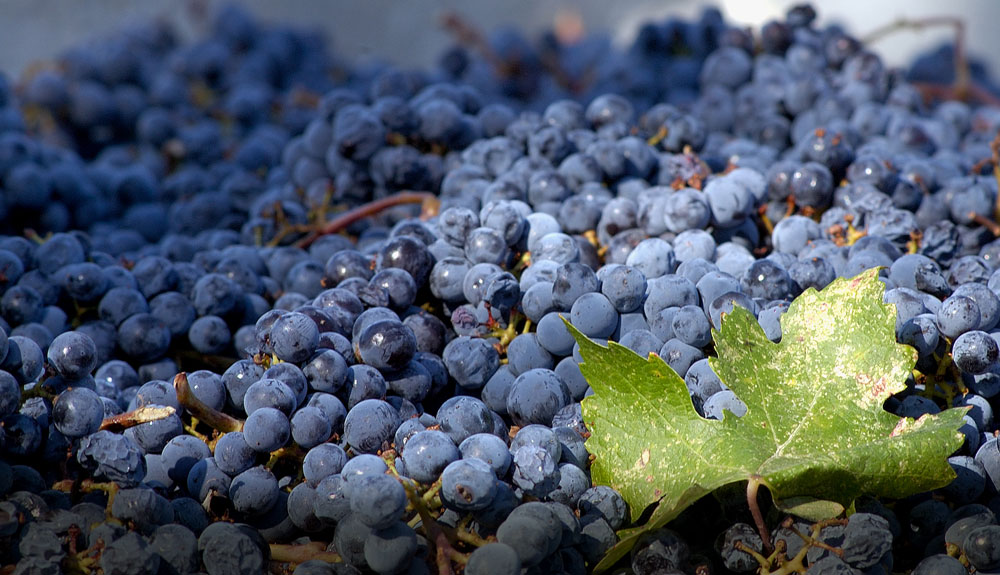Error
We apologize for the inconvenience but an unexpected error occurred while processing your request. Please try again or contact us.




We apologize for the inconvenience but an unexpected error occurred while processing your request. Please try again or contact us.